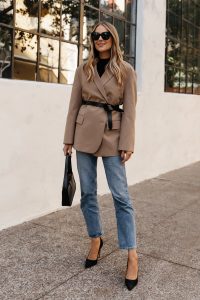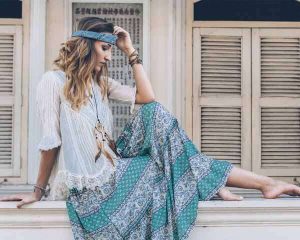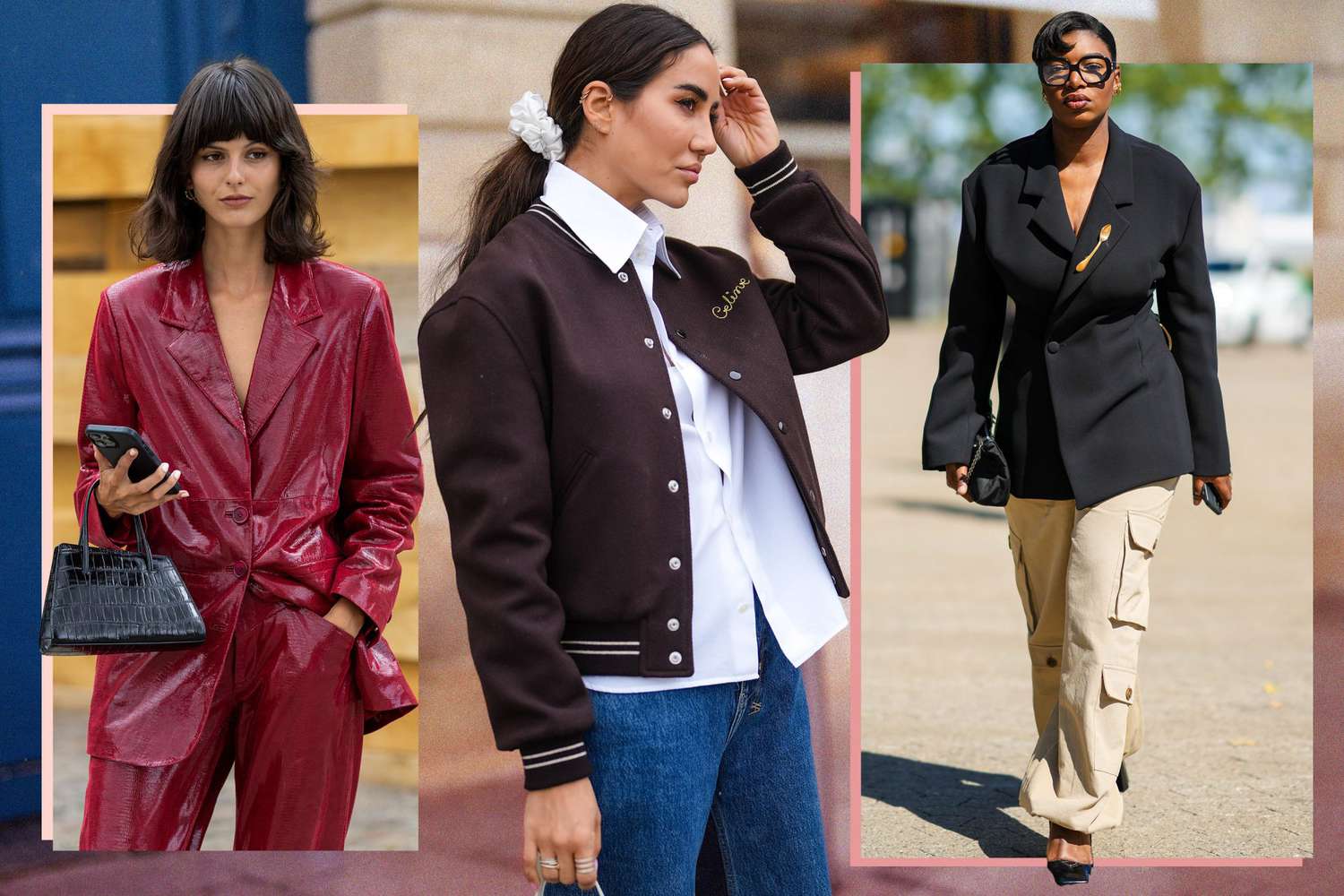Fashion different styles
Fashion is not just about following trends, it’s about expressing your individuality and embracing different styles. From the classic elegance of vintage fashion to the bold and unconventional looks of streetwear, there are countless ways to make a statement with your clothing choices. Fashion is ever-evolving, constantly pushing boundaries and challenging norms. It allows us to experiment with different aesthetics and create our own personal style that reflects who we are as individuals. In this article, we will explore the diverse world of fashion and delve into various styles that have shaped the industry over the years. So whether you’re a fan of minimalist chic or vibrant bohemian vibes, get ready to immerse yourself in a world where fashion knows no limits.
The Evolution of Fashion Throughout History
Throughout history, fashion has not only been a means of self-expression but also a reflection of societal changes. In ancient civilizations, such as Egypt and Greece, clothing was used to signify an individual’s social status and occupation. The Greeks embraced draped garments that were both functional and aesthetically pleasing, while the Egyptians adorned themselves with intricate jewelry and elaborate headdresses. However, it wasn’t until the Renaissance period that fashion truly became an art form.
During the Renaissance era, fashion evolved from being solely practical to becoming a symbol of wealth and status. The wealthy elite displayed their opulence through luxurious fabrics, extravagant accessories, and elaborate hairstyles. This marked a shift towards more tailored garments and the birth of high-end fashion houses like House of Worth in the 19th century. As we entered the 20th century, fashion further transformed into a means of rebellion against societal norms. The flapper style emerged during the 1920s as women sought liberation from restrictive corsets and donned shorter hemlines along with bobbed haircuts. This revolutionary shift signified women’s growing independence and changing roles in society.
Classic Style: Timeless Elegance in Fashion
Classic style is all about timeless elegance. It embraces simplicity, sophistication, and understated glamour. In a world where trends come and go, classic style remains constant, effortlessly transcending the seasons. It is characterized by clean lines, neutral colors, and high-quality fabrics that never go out of fashion.
One of the key elements of classic style is attention to detail. From perfectly tailored blazers to well-fitted trousers, every piece in a classic wardrobe has been carefully chosen to ensure a polished look. Accessories are also important in completing the ensemble; think minimalistic jewelry, high-quality leather handbags, and elegant scarves. Another advantage of embracing classic style is its versatility. Classic pieces can be easily dressed up or down depending on the occasion. A simple white shirt can be worn with jeans for a casual daytime look or paired with a pencil skirt for a more formal event. The beauty of classic style lies in its ability to adapt to any situation while maintaining an air of sophistication.

Processed with VSCO with a6 preset
Bohemian Style: Embracing Free-Spirited Individuality
Bohemian style, with its laid-back and effortlessly chic aesthetic, celebrates the free-spirited individuality of those who embrace it. This fashion style transcends trends, drawing inspiration from different cultures and eras to create a unique and distinct look. It is all about expressing yourself through clothing that reflects your inner soul, rather than conforming to societal norms.
One of the great things about bohemian style is its emphasis on comfort without compromising on style. Loose-fitting maxi dresses adorned with colorful motifs or delicate embroidery exude a sense of breezy elegance. By pairing these flowy garments with chunky accessories and layered jewelry, you can effortlessly achieve that quintessential boho look that screams carefree spirit. Furthermore, embracing bohemian style means embracing sustainability and ethical fashion choices. The focus on natural fabrics such as cotton, linen, and silk showcases a commitment to eco-consciousness. Thrift shopping also plays a significant role in this fashion movement since it encourages reusing old pieces rather than buying new ones. In doing so, you not only support sustainable practices but also add an element of vintage charm to your wardrobe.

Streetwear Style: The Influence of Urban Culture
One cannot discuss contemporary fashion without acknowledging the immense influence of streetwear style, which has its roots deeply intertwined with urban culture. Streetwear is more than just a trend; it represents an entire mindset and way of life. Stemming from the streets and subcultures of major cities across the globe, it embraces elements of hip-hop, skateboarding, punk, and graffiti art to create a distinct aesthetic that resonates with today’s youth.
Urban culture provides a rich tapestry of inspiration for streetwear fashion, as it reflects the diverse experiences and voices found within city environments. From the vibrant colors and bold prints inspired by graffiti tags to the baggy silhouettes popularized by skateboarding communities, urban culture constantly pushes boundaries and challenges traditional notions of style. It is this fearless attitude that gives streetwear its raw energy and allows it to continually evolve alongside urban culture itself. This merging of high-end luxury with street-inspired designs not only blurs traditional fashion boundaries but also underscores how integral urban culture has become in shaping our collective sense of style.
Minimalist Style: Less is More in Fashion
Minimalist style, with its clean lines and simple silhouettes, has gained a cult following in the fashion world. The philosophy behind it is to embrace “less is more” when it comes to clothing and accessories.
One of the reasons why minimalist style has resonated with so many people is because it offers a sense of calm in our fast-paced society. With fewer pieces in their wardrobes, minimalist dressers can easily create outfits that are effortlessly chic and timeless. Instead of focusing on trends that come and go, they invest in high-quality basics that can be mixed and matched for years to come. Another aspect of minimalist style that makes it so appealing is its sustainability factor. By streamlining their wardrobe to only essential pieces, minimalist dressers are less likely to participate in fast fashion culture where clothes are worn once or twice before being discarded. This conscious approach not only reduces waste but also encourages the use of durable fabrics, thus creating a more environmentally-friendly industry.
Conclusion: Celebrating the Diversity of Fashion Styles
In conclusion, celebrating the diversity of fashion styles is crucial for several reasons. Firstly, it allows individuals to express their unique personalities and cultures through clothing choices. Fashion provides a platform for people to showcase their individuality and creativity, enabling them to stand out in a crowd. By embracing various styles, we can appreciate the richness of different cultures and traditions.
Secondly, celebrating diverse fashion styles encourages inclusivity and acceptance. When we accept and celebrate different fashion choices, we promote a society that values diversity and embraces individuality. It helps break down stereotypes and promotes understanding between people from different backgrounds. Recognizing that there are countless ways to express oneself through clothes fosters an environment where everyone feels comfortable expressing themselves authentically. Furthermore, celebrating the diversity of fashion styles also drives innovation in the industry itself. Different cultures have distinct approaches to clothing design, materials used, and styling techniques. When designers draw inspiration from various sources worldwide, they push boundaries and create fresh designs that defy expectations. By appreciating diverse fashion styles, we encourage fashion designers to continue exploring new ideas and expand their creative horizons.

Leave a Reply